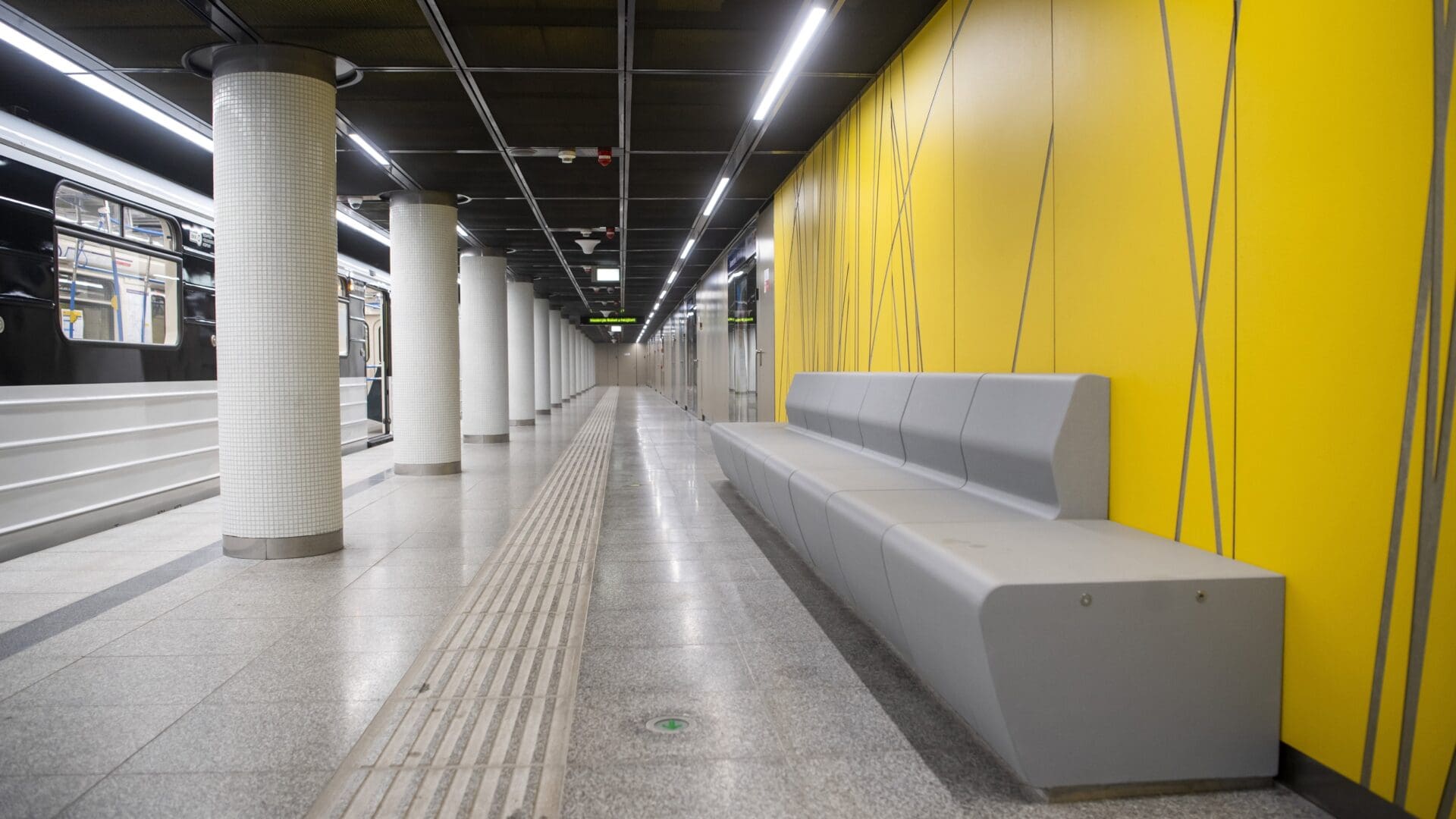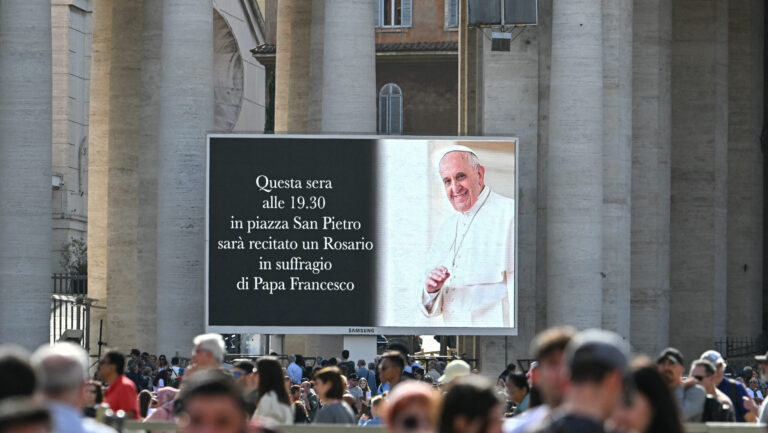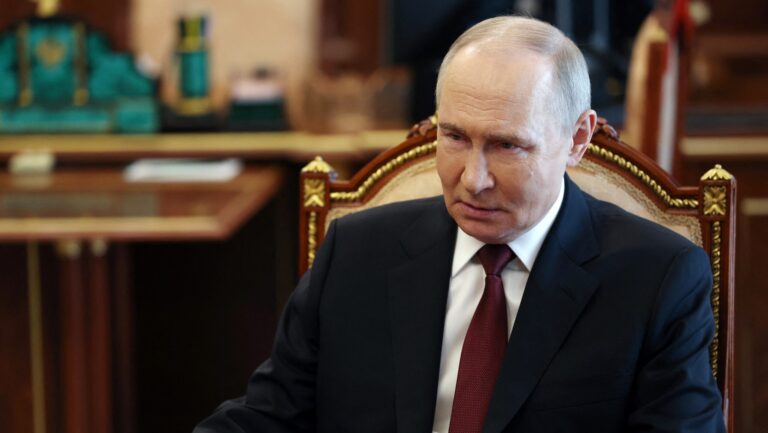Budapest has been waiting for over five and a half years now for the reconstruction of the M3 metro line to be completed. Besides dragging on seemingly endlessly, the project also ended up costing taxpayers 225 billion forints. But the long awaited announcement of the end of the refurbishing finally arrived on 2 May, in the form of an announcement by Budapest Mayor Gergely Karácsony on social media. In his Facebook post, Karácsony said M3 will be fully operational again as of 22 May.
The renovation of Budapest’s longest metro line, which has as many as 20 stations, began in November 2017, starting with the northern section between Újpest-Központ and Lehel tér, which was completed in March 2019. This was followed by the renovation of the southern section between Kőbánya-Kispest and Nagyvárad tér, which ended at the end of 2020. Originally, the plan was to hand over the entire line at that time, but the reconstruction of the most complex section in the middle still remained unfinished.
The section between Lehel tér and Nagyvárad tér was completely closed in November 2020. Stations in the city centre area were not closed all at once, but in stages: work began at Ferenciek tere and Arany János utca, which was completed in the spring of 2020. In July last year, Semmelweis Klinikák and Corvin-negyed were closed for renovation. Finally, in November 2020, the remaining three stations, Kálvin tér, Deák Ferenc tér, and Nyugati pályaudvar, were closed.
As with the closures, the reopening of the stations was also done in stages: Kálvin tér, Corvin-negyed, and Semmelweis Klinikák were returned to the public in May 2020. In January of this year, Ferenciek tere and Deák Ferenc tér were opened, followed by Nyugati pályaudvar and Arany János utca stops in March.
At the unveiling of the Nyugati pályaudvar and Arany János stops in March, Karácsony reminded that Budapest is 150 years old this year, and that Hungary’s iconic, post-Compromise prime minister, Gyula Andrássy, was born 200 years ago. Quoting the famed 19th century prime minister, the greatest promoter of the development of Pest and Buda, Karácsony stated that there is no Hungary without Budapest. The mayor declared:
‘The renovation of the M3 metro line is not a Budapest issue, but a national one.’
As Hungarian Conservative pointed out in an earlier article, the handing over of the reconstructed sections of M3 was a rare moment of government and city officials celebrating a success story together.
In his remarks in March, Gergely Karácsony drew attention to the fact that much of the investment had taken place behind the scenes, out of the sight of the travelling public. He expressed his satisfaction with the new look of the metro stations, stating that the designers managed to find ‘a balance between the old and the new.’ He also outlined future reconstruction plans, which include modernising the surface section of the metro, the underpasses, and the squares. The Határ út junction modernisation is underway, and the Budapest municipality is also planning on renovating the Göncz Árpád városközpont stop, and developing its tram connections as well.
According to Karácsony, there are already European Union funds available for this purpose under an agreement between the government and the city, who now have to ‘work to make them arrive.’ The Budapest mayor also thanked his predecessor, István Tarlós for his role in the reconstruction process.








